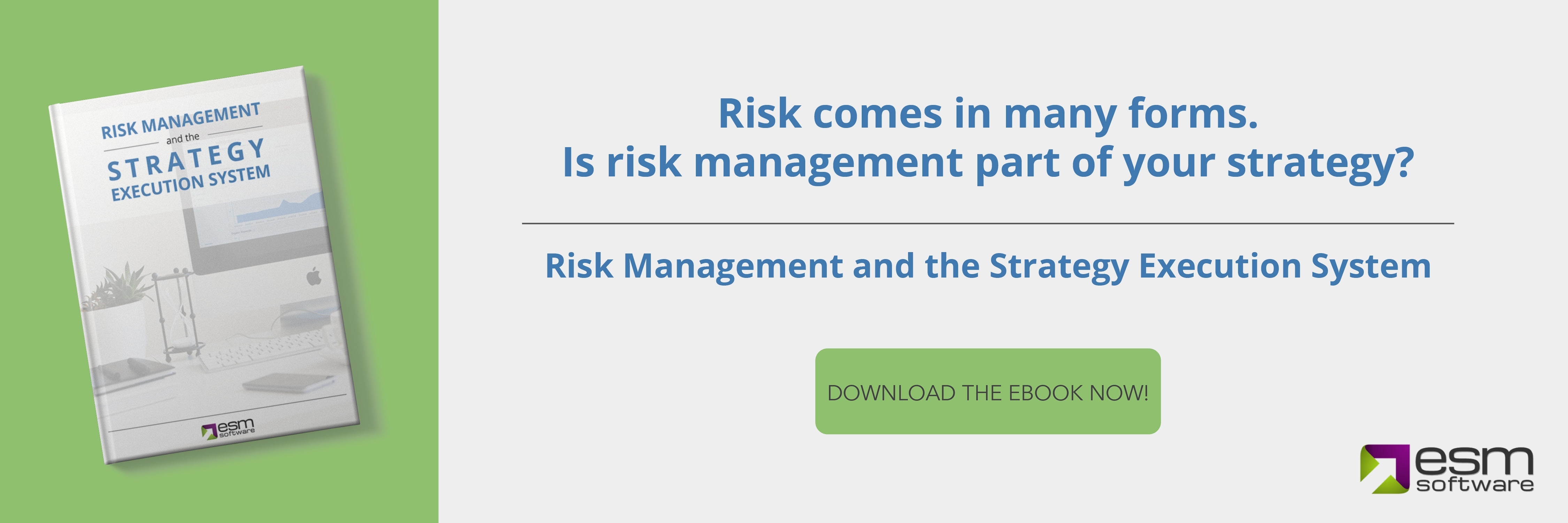
Research by Harvard Business Review has shown that almost 40% of the financial performance promised by strategic planning and implementation is lost in lackluster execution. That’s a distressing percentage of unrealized potential. Let’s pick this statistic apart and try to find a solution.
The strategy execution process is about being reactive, and as a result of that reality, you must plan for unpredictable factors to show up that were never discussed in the strategic planning process. Execution, in its very nature, is about getting a strategy to work in a living context.
While planning goes through stages of mapping and development, and implementation is often followed up with the installation of specific initiatives to ensure the realization of your plan, execution has no “one-size-fits-all process.” While there are certainly checklist-able qualities that are hallmarks of “great execution,” it’s more about empowering excellence in the delivery than it is prescribing a rigid sequential process.
Prime your strategic execution process for success with these tips:
Avoid Common Pitfalls
Here are a few of the most common pitfalls companies run into and how you can avoid them:
- Pitfall: The company does not regularly compare performance to last year’s forecasts.
The HBR report linked above also found that less than 15% of companies regularly compare their current performance to last year’s forecasts. Without the insights this comparison can provide, it becomes challenging to learn whether a company’s projections are being calibrated accurately enough to predict future performance. So be sure to look backward frequently and learn from what previously worked (or didn’t).
- Pitfall: Implementers fail to adapt healthcare strategy as conditions change.
Nurses and physicians turn over, competitor hospitals develop, patient expectations shift, and healthcare policies evolve. Strategic implementation can’t “stay the course” and not expect execution to suffer in shifting sands. And yet, those in charge of the initiatives are often incentivized to stick to the plan, even though they know that conditions inevitably change. To avoid this mistake, a strategy must be responsive and adaptive.
- Pitfall: Communication and culture are not in place to sustain the strategy.
Whether it’s a lack of clear ownership or accountability, initiative fatigue, or organizational resistance, the result of poor internal communication and culture is the same: poor strategy execution. This is especially common to assistant-rich healthcare hierarchies, where data has to be transferred between multiple “middlemen.”
To address this, be sure that your company does what it takes to clarify and sustain implemented initiatives, and to educate the workforce on what those initiatives are. This starts with the attitude projected by executives about the strategy, but it also requires time devoted to communication and transparency. 71% of workers in companies with strong execution say roles/expectations are clear, and as a result, initiatives are rarely second-guessed—companies with less successful performance self-report roughly half of that.
Execution Processes that Work
- Keep implementation flexible—and build in contingency plans.
Strategic initiatives can’t be seen as hard ultimatums with inflexible procedures. Execution suffers most when it cannot adapt to unstable conditions or sudden changes. Prepare your healthcare organization to react quickly with response mechanisms that prepare your strategy to lean towards opportunities and away from roadblocks.
- Involve human resources.
HR is trending as a major player in the strategic execution process. This department works with the executive team to advise on staffing needs, supply and demand of skilled workers in the area, compensation, cultural considerations that boost employee engagement, and more. Work closely with HR throughout the strategic planning process to ensure execution tied to your actual capabilities as a human organization.
- Support execution with strategy management software.
As Drew Weilage put it in his Medium article on IT and Healthcare, “Where technology once supported healthcare delivery workflow, that same workflow has come to depend on technology.” Powerful, intuitive, and well-integrated strategy management technology will elevate the speed and accuracy of real-time reporting/feedback on implementation. Strategy becomes more accessible and concrete when it’s organized on a visual, digital platform.
There’s no silver bullet to recovering that lost 40% of the potential in your execution process. Strong execution requires constant communication, buy-in, timely adjustments, and the tools in place to streamline strategy assessment.








